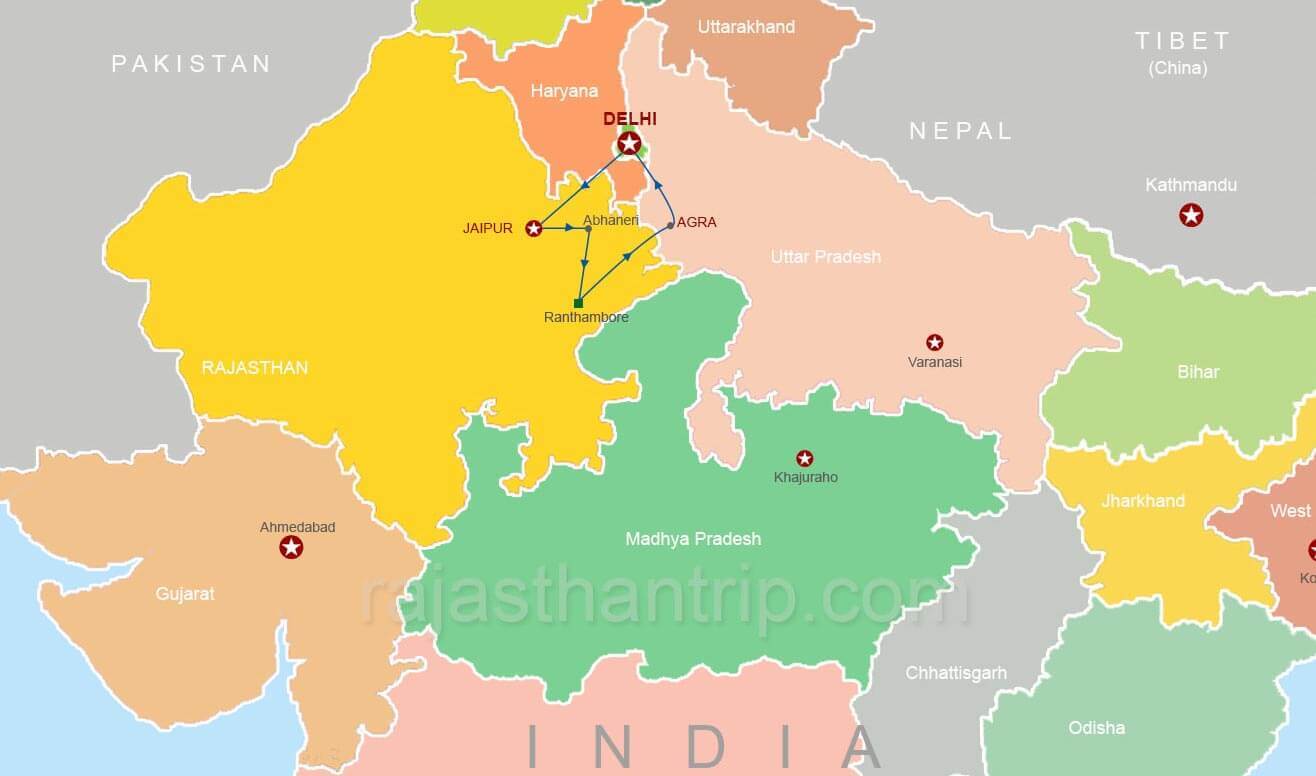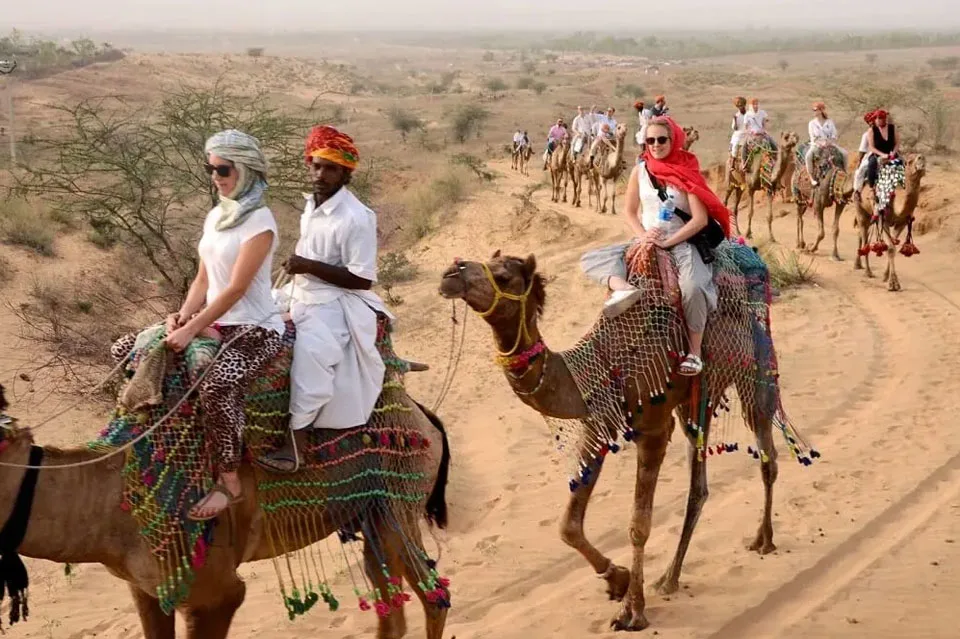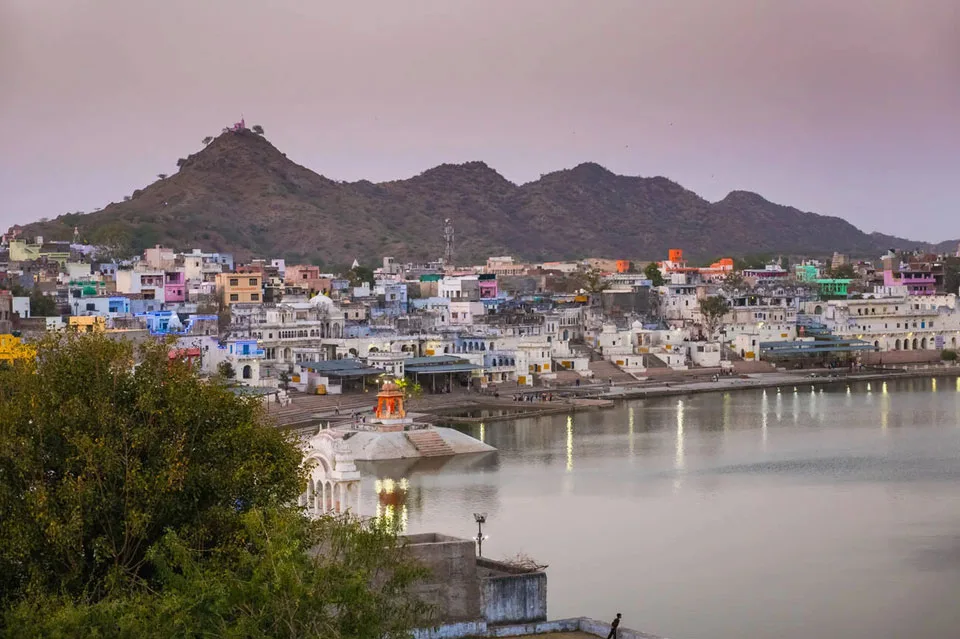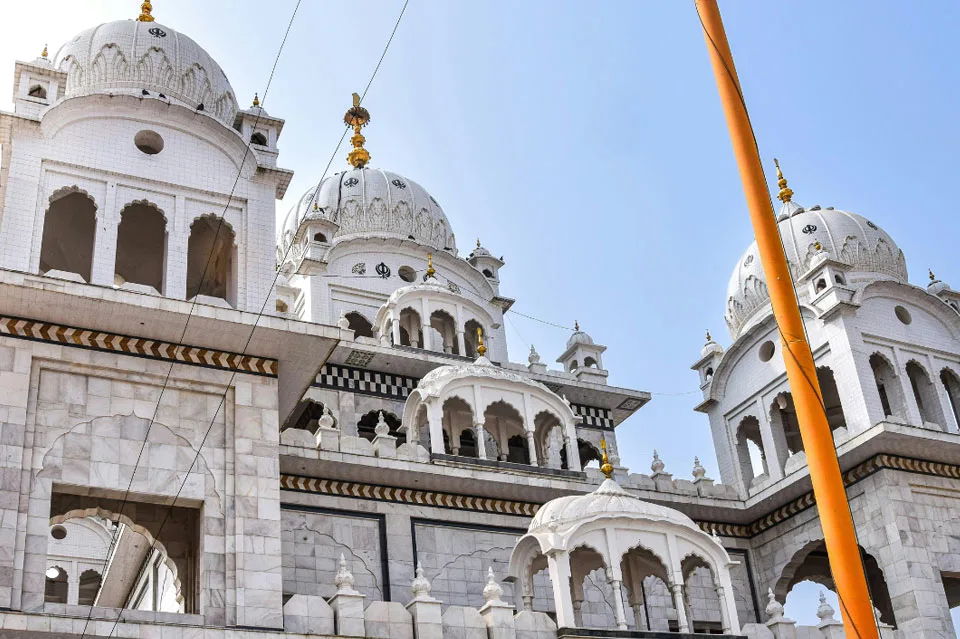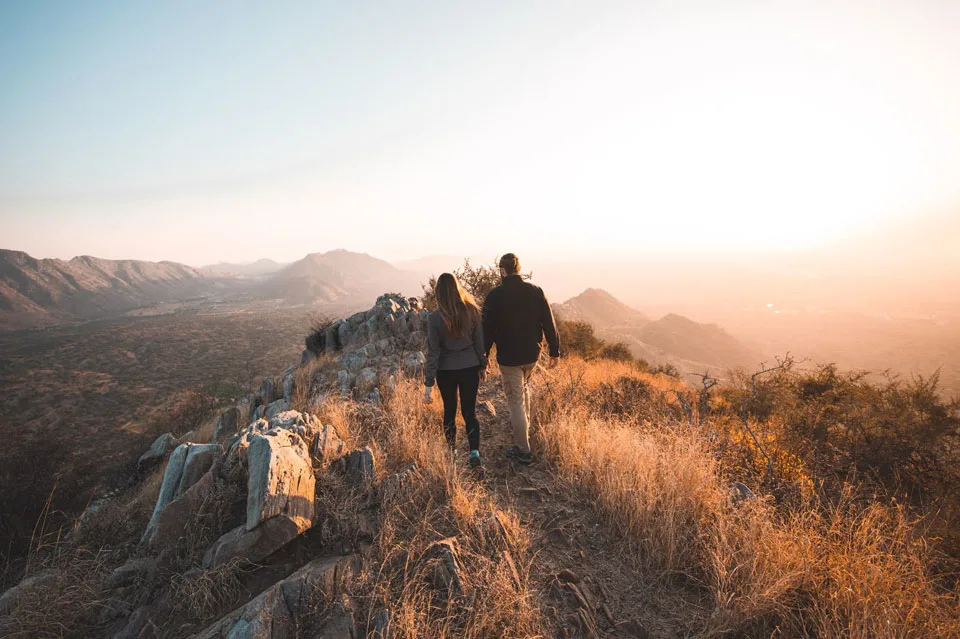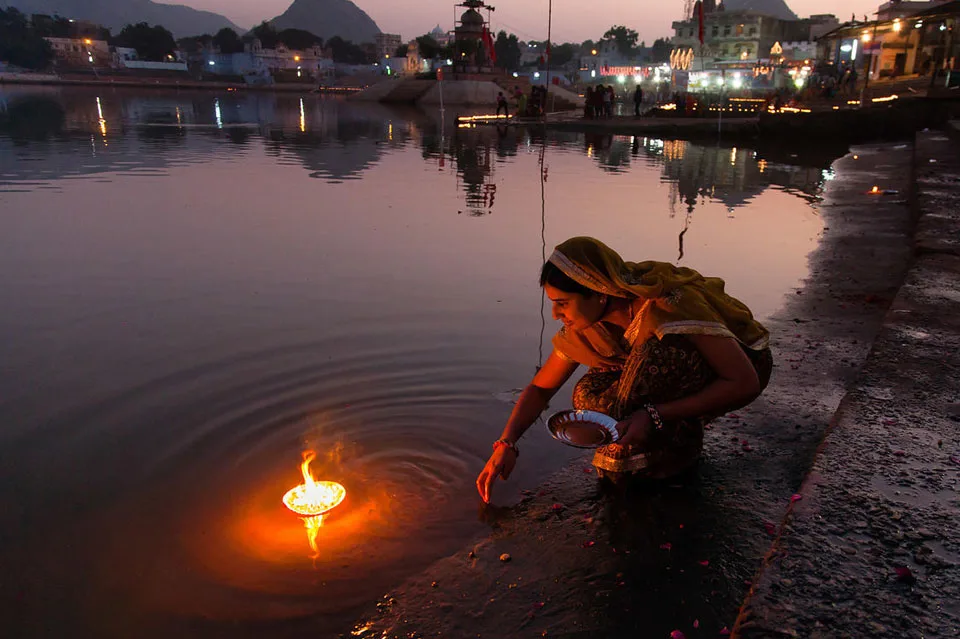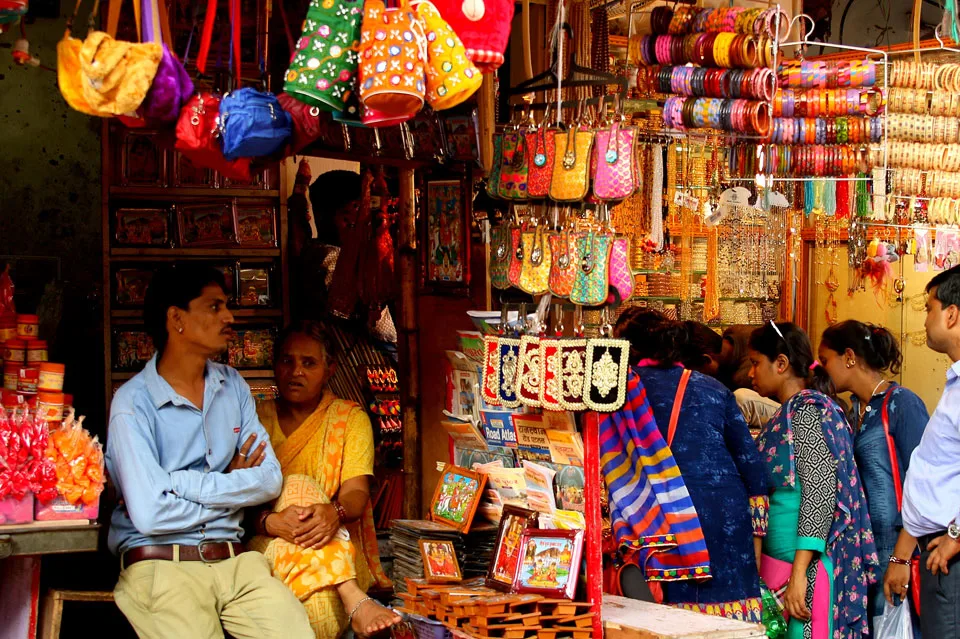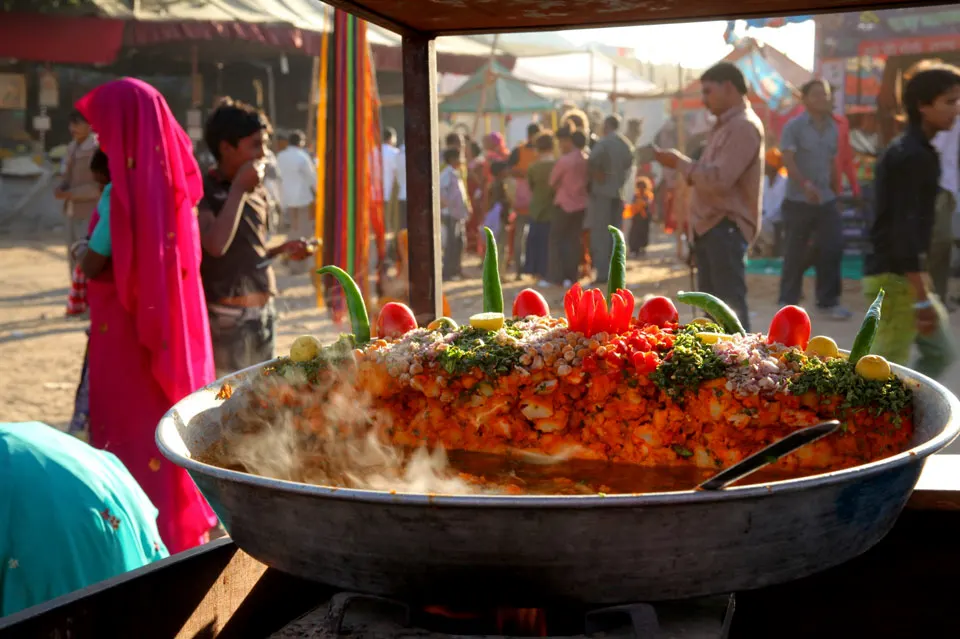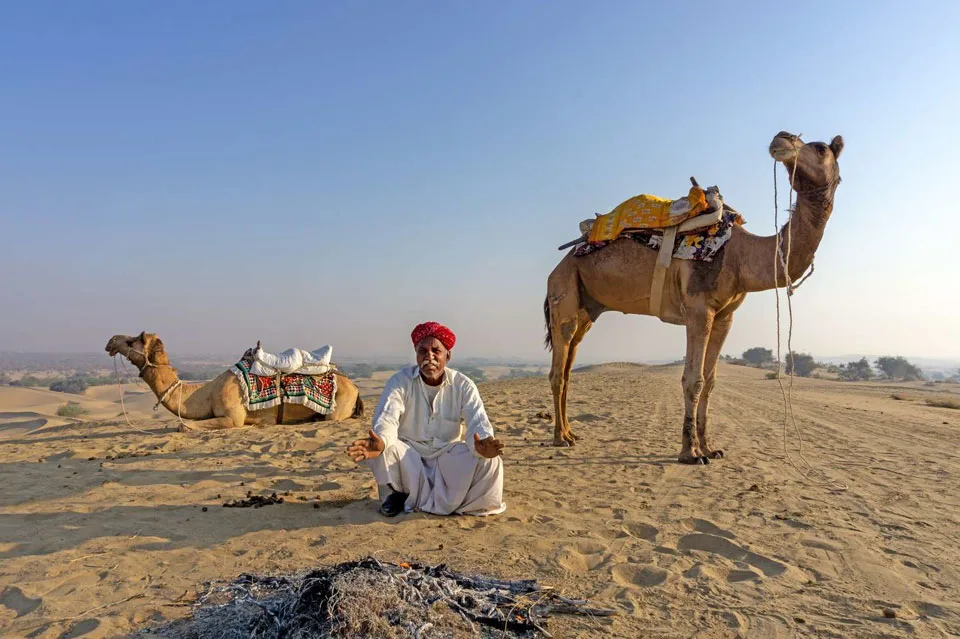Things To Do In Pushkar Rajasthan
Nestled in the heart of Rajasthan, the town of Pushkar is a fascinating blend of pilgrimage, peace and playful travel. With its ancient temples, sacred lake, colourful bazaars and desert fringes, it offers more than just a stop-over; it invites you to slow down, reflect and soak up the spirit of this unique place. Whether you’re on a spiritual journey, a photography venture, a shopping spree or simply looking to disconnect, Pushkar delivers. As you plan your trip (perhaps along with a scenic journey from Jaipur or Ajmer), here are ten fresh and compelling things to do that will help you experience Pushkar at its best.
1. Sacred Sojourn at Pushkar Lake
At the core of Pushkar’s spiritual identity lies the lovely Pushkar Lake. According to local scripture, the lake is considered TirthaRaj (king of pilgrimage sites) and is surrounded by over 400 temples and about 52 bathing ghats.
Why go?
- Early morning, you’ll witness pilgrims dipping in the cool waters, chants, rituals and life that feels paused yet alive.
- The calm reflections of the lake, framed by hills and pastel houses, make for dreamy photo moments. Tip: Visit at sunrise for tranquil vibes, and later return at dusk to see the ghats glow with light and ritual. Remove your shoes when walking along the ghats and dress modestly.
2. Visit the Rare Brahma Temple
One of the standout landmarks in Pushkar is the Brahma Temple — one of the very few temples in India dedicated to the creator-god Brahma. Wikipedia +1 Built in the 14th century, it features a striking red spire and marble interiors.
Why go?
- For religious and historical significance: a deep dive into Hindu mythology and temple culture.
- For architecture and atmosphere: the temple exudes quiet devotion, a contrast to busier tourist spots.
Tip: Note that cameras/phones may not always be allowed inside. Dress respectfully (shoulders and knees covered) and remove shoes at the entrance. Arrive early to avoid crowds.
3. Hike or Rope‐Way to Savitri Temple for Sunset Views
Want a panoramic view of Pushkar that takes your breath away? Head up to the Savitri Temple, perched atop a hill behind the town. Legend links this temple to Goddess Savitri, the first wife of Brahma.
Why go?
- The climb or rope-way ride rewards you with sweeping views of the lake, temples and desert beyond.
- For the golden hour: sunset here is magical — cooler air, soft light, fewer people. Tip: Wear comfortable shoes (if climbing) and carry a water bottle. Be aware of monkeys in the hill path — avoid carrying open food.
4. Attend the Evening Aarti at the Ghats
As day turns into night, the ghats of Pushkar become a centre of devotional energy. The ritual of the evening aarti (lamp-light ceremony) at the lakeside is both moving and memorable.
Why go?
- To witness authentic spiritual practice: chanting, lamps, offerings and devotion in one frame.
- To soak in the atmosphere: flickering lights, water reflections and the hush of dusk.
Tip: Arrive a bit early to choose a good spot. While photography is often allowed, be respectful of the rituals and people. Beware of unofficial priests offering “free” poojas and later asking for large donations.
5. Meander Through Pushkar’s Colourful Markets
Pushkar’s shopping scene is a delight: vibrant, varied and full of Rajasthani charm. From leather goods to rose-perfume bottles, the bazaars are a treasure trove.
Why go?
- To collect memorable mementos: think handcrafted jewellery, block-printed textiles, incense and more.
- To soak in local life: haggling, chatty shopkeepers, colourful displays and a festive vibe.
Tip: Bargaining is customary — friendly but firm. Count your change and inspect items. Go for locally-made over imported goods. Try to visit early morning for fewer crowds.
6. Enjoy Rooftop Cafés & Vegetarian Delights
Food in Pushkar is largely vegetarian (and the sale of meat & alcohol is restricted) which gives it a unique flavour. Rooftop cafés, especially those overlooking the lake or hills, make for relaxing stops.
Why go?
- To sip a smoothie or lassi atop a roof terrace with a sweeping view of the lake and town.
- To wander the lanes and treat yourself to Indian snacks – jalebi, malpua, samosa or fresh fruit juices.
Tip: Ask for the “house special” on the rooftop menu. Visit at sunset for a beverage + view combo. Being mindful of the vegetarian norm is important: some eateries may refuse meat/eggs.
7. Explore Lesser-Known Temples & Quiet Corners
Beyond the big names lie quieter gems: the Rangji Temple, Varaha Temple and the Gurudwara Singh Sabha.
Why go?
- To experience temple architecture, colours and devotional life without the crowds.
- To find peaceful spots for meditation, quiet reflection or photography.
Tip: These temples still warrant respectful dress and behaviour. Check their hours (many close during midday for “lunch”) and keep your head covered where required (esp. Gurudwara).
8. Venture into the Desert: Camel Safaris & Dune Views
For a slice of desert adventure, the fringes of Pushkar offer camel rides, dune views and the wide-open skies. The famous Pushkar Camel Fair draws visitors annually with camels, racing and cultural events.
Why go?
- To break from the town scene and get into the sandy, open landscapes of Rajasthan.
- To experience something playful: the camel fair, desert rides, sun-drenched photo ops.
Tip: If you do a camel or desert ride, negotiate price ahead, ask about animal welfare, go early morning or late afternoon (when heat is lower). Keep sunscreen and water handy.
9. Photography & Wandering the Backstreets
One of the simplest joys in Pushkar is just wandering. The narrow alleys, pastel houses, stray cows, monkeys, flying dhotis and halo of desert dust all combine to make it a photographer’s delight.
Why go?
- Because sometimes the unplanned moments—an old man feeding birds, a courtyard full of incense smoke, a stork on the ghat—become the most memorable.
- Because walking keeps you connected to the local rhythms (versus just hopping in a car).
Tip: Early morning light is best. Keep respected distance when photographing people, ask permission when taking portraits, dress modestly and keep valuables safe.
10. Best Time to Visit & Practical Travel Tips
Best season: The winter months (October to March) are ideal — cooler temperatures, clear skies and vibrant activity. The annual Pushkar Camel Fair also takes place around late October/early November.
Arriving & Staying: Many visitors come via Jaipur (about 3-4 hrs drive) or by train to Ajmer and then local transport to Pushkar. Staying at a lakeside guest-house or rooftop hotel enhances your experience.
Respect & Culture:
- Wear modest clothing (cover shoulders/knees) especially around temples.
- Remove shoes when entering temples or ghats.
- Alcohol and meat are usually banned inside the town centre — respect the local customs.
Avoiding Traps: Some pilgrims and visitors report the “flower offering scam” at the lake ghats — unsolicited rituals that turn into large donation demands. Stay aware.
Health & Comfort: Stay hydrated, carry sunscreen and hat (desert sun is strong), wake early or stay late to avoid midday heat.


